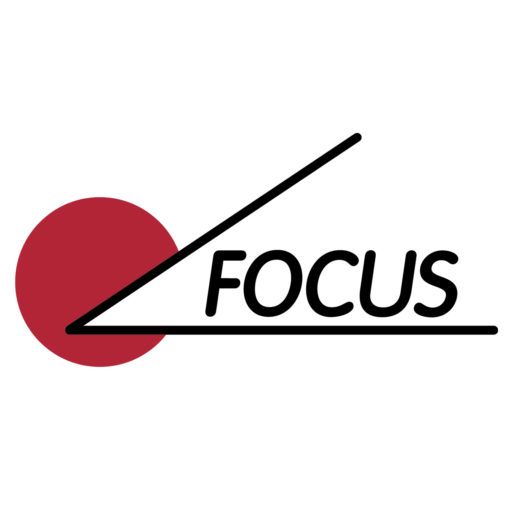Short Description
- Photons are excited with current in resonator emit energy in the form of light
- Monochromatic, coherent laser beam leaves resonator through semitransparent mirror
- Wavelength dependent on laser medium
- Focusing of the beam via optical lenses
- Laser beam guidance via fixed/movable mirrors, lenses, optical elements, light guides
- Welding feed by component movement or beam deflection (e.g. scanner)
- Thermal energy through energy absorption in the component
- Degree of absorption varies with wavelength
Advantages
- Fast, precise beam deflection via mirror system
- Insensitive beam guidance (magnetic field, atmosphere)
- Welding depth dependent on laser power
- low heat-affected zone (pulsed laser)
- for almost all metals (incl. refractory), metal pairings, plastics
- Low energy consumption, wear-free laser source
- no shielding against X-rays required
- no stress on sensitive components (e.g. electronics)
- Spatial separation of laser source and welding chamber possible
- Laser technology is future technology and research focus
Disadvantages
- Laser protection required (less complex than lead shielding)
- Weld depth limited by laser power
- Vapor deposition protection of optical elements required
